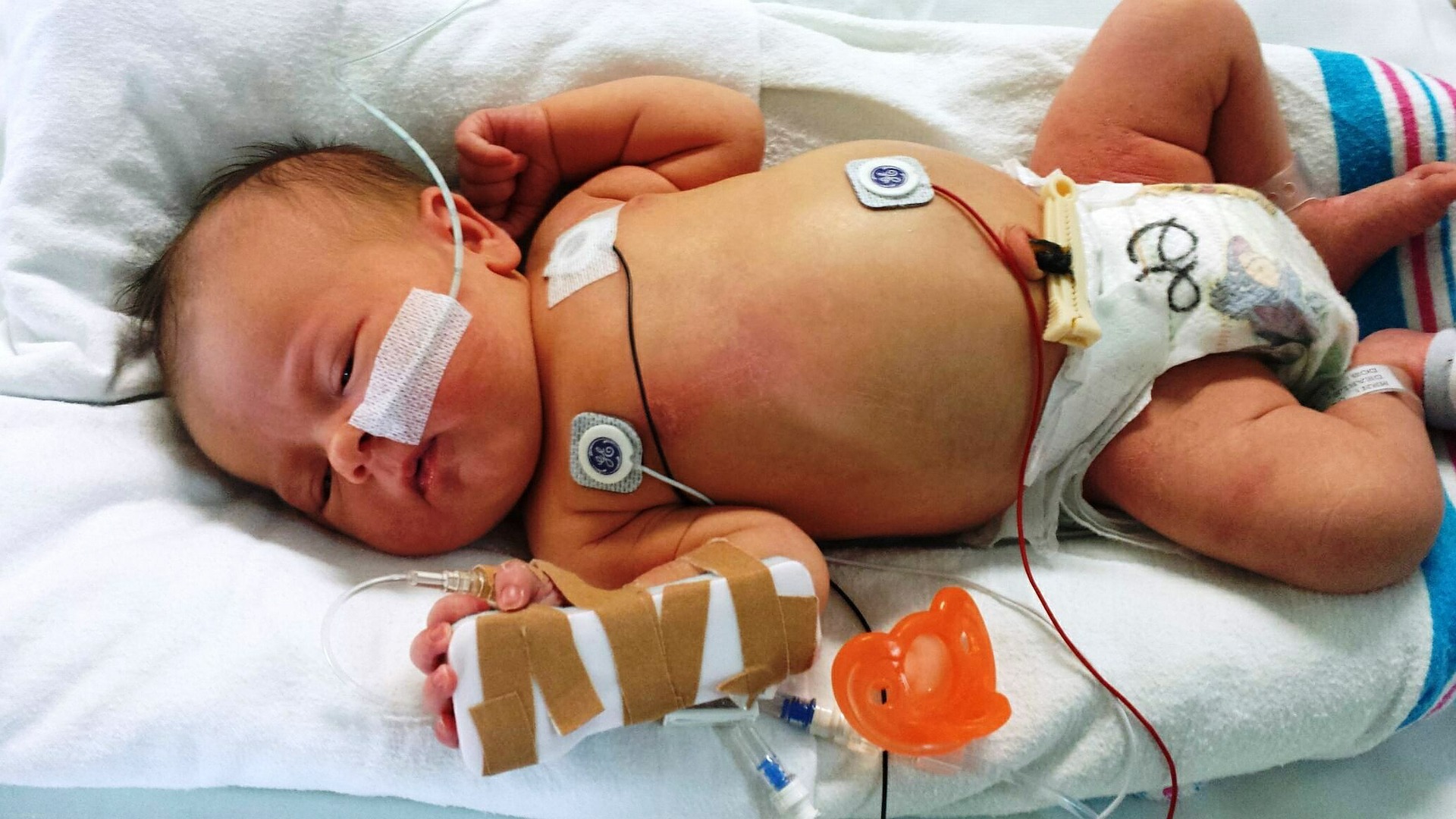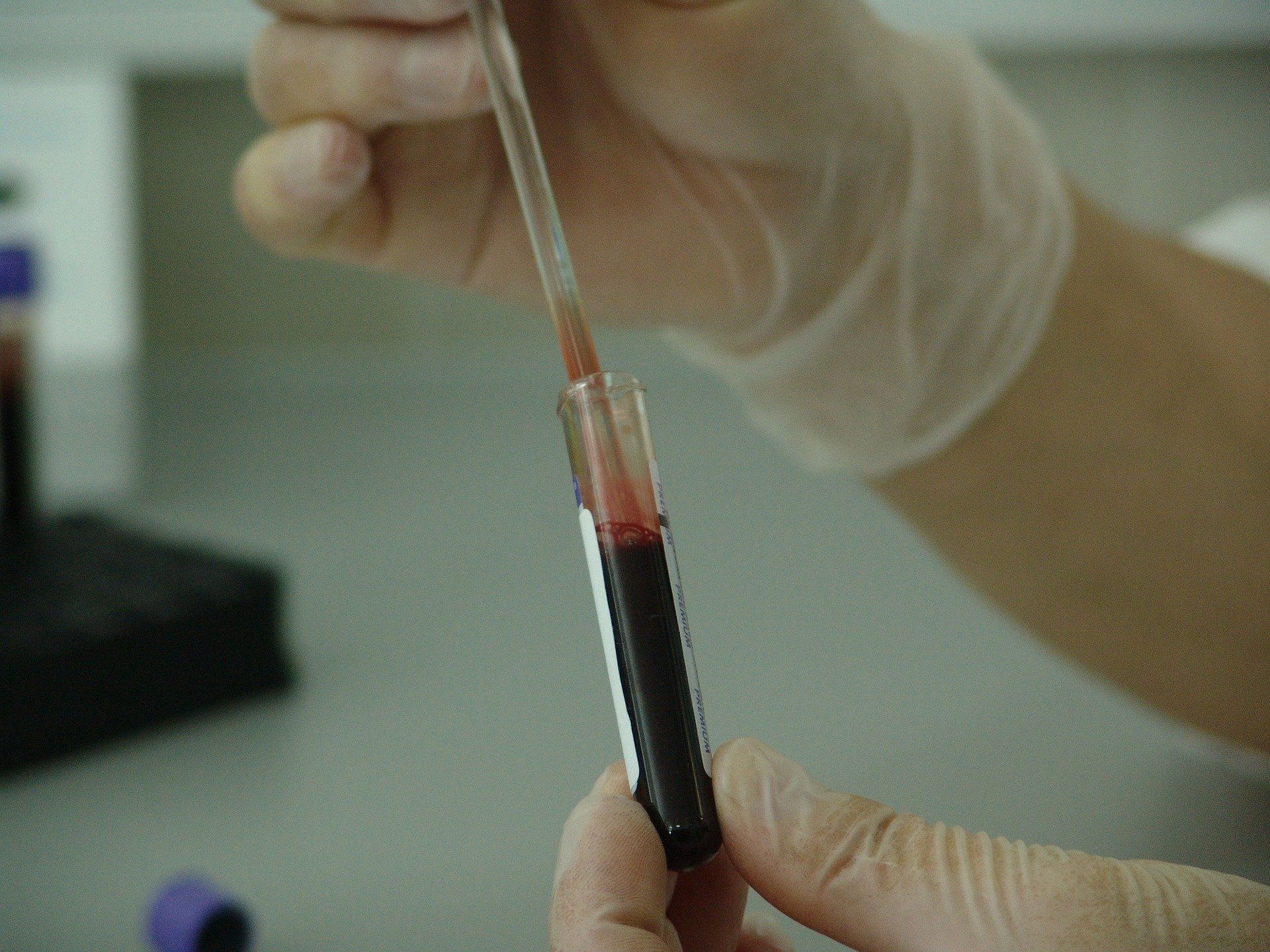Factor VIII Deficiency (Haemophilia A)
What is Factor VIII Deficiency?
Factor VIII Deficiency commonly known as Hemophilia A is one of the most common bleeding disorders. It is caused by a deficiency of blood clotting protein called factor VIII.
Factor VIII Deficiency affects 1 in 4,000 to 1 in 5,000 live male births globally. It is five times more common than Factor IX Deficiency or Hemophilia B.
The severity of the disease depends on the level of the remaining factor activity which has a normal range of 50-200%. Levels below 40% lead to symptoms of the disease.
-
Mild Hemophilia A where 6% to 39% of FVIII is present in the blood. This is mild Hemophilia and patients generally only experience bleeding episodes after falls, traumatic injuries or surgeries. Usually mild Hemophilia A is only diagnosed after a tooth extraction, injury or surgery. In some cases, the first episode may occur only in adulthood. Treatment is needed usually only for surgery or invasive procedures.
- Moderate Hemophilia A where the level of Factor VIII in the blood is 1% to 5%. Patients with moderate Hemophilia A usually have excess bleeding after injuries and surgeries, but some patients with moderate hemophilia may have spontaneous bleeds (bleeding with no obvious cause). Treatment is needed for surgery and procedures and if they have spontaneous bleeding may need regular therapy like patients with severe hemophilia.
- Severe Hemophilia A where there is less than 1% of FVIII in the blood. Patients with severe Hemophilia A have frequent spontaneous bleeding episodes. The bleeds are deep bleeds mostly in the muscles and joints. They have delayed and severe bleeding after surgery, dental procedures. Even a minor injury can lead to excess bleeding. Patients can also have bleeding from the gastrointestinal tract, urinary tract and even in the brain. The bleed site and severity can be life threatening. They need regular and lifelong treatment with extra treatment during episodes of bleeding or for surgery.
Patterns of Inheritance
The gene for Factor VIII Hemophilia A is carried on the X chromosome. The disease is inherited in an X-linked, recessive manner. The mutation is in the F8 gene (Xq28) encoding coagulation Factor VIII. The disease affects males while female carriers usually do not have symptoms though some carriers may have low Factor VIII levels and have some increased bleeding risk. The family history is present in 60-70% of families of hemophilia patients. In some cases, Factor VIII is also due to novel mutations where there is no family history of the disease.

Image source: Pixabay
Symptoms and Diagnosis
Symptoms
Symptoms depend on the severity of the disease.
- Mild Factor VIII Deficiency/mild Hemophilia A – usually noticed in childhood or early adulthood after tooth extraction, severe injuries or surgical procedures. Usually prolonged bleeding more than the normal coagulation time.
- Moderate Factor VIII Deficiency/ moderate Hemophilia A – usually noticed in early childhood. Prolonged and excess bleeding after injuries or surgical procedures. Some patients may have sudden, spontaneous bleeds without any obvious traumatic cause.
- Severe Factor VIII Deficiency/severe Hemophilia A – noticed within a couple of months after birth due to spontaneous and excess bleeding. Babies may present with bumps, bruises and bleeding episodes.

Image source: Pixabay
Diagnosis
Is based on symptoms, patient’s clinical history, family history and a combination of laboratory tests and genetic tests:
- Lab workup – includes a complete blood count (CBC), coagulation tests and measurement of Factor VIII in blood plasma. Coagulation tests include time taken for blood to clot – activated partial thromboplastin time (aPTT) and prothrombin time (PT). In Hemophilia A, usually PT is normal whereas aPTT is prolonged when the factor is less than 40%.
- Factor VIII Hemophilia A should be confirmed through a clotting activity assay which can determine if the abnormal aPTT is due to a deficiency of Factor VIII or Factor IX or any other blood clotting factor deficiency.• Factor VIII Hemophilia A should be confirmed through a clotting activity assay which can determine if the abnormal aPTT is due to a deficiency of Factor VIII or Factor IX or any other blood clotting factor deficiency.
- Molecular testing – to identify mutations in the F8 gene.
- Molecular genetic testing can help identify carrier females in the family as well as support prenatal diagnosis for future pregnancies.
Molecular testing may be useful to determine the patient’s risk of developing neutralizing anti-factor VIII antibodies known as inhibitors.

Image source: Pixabay
Current Management
The mainstay treatment for Hemophilia A patients is to replace the deficient clotting factor with clotting factor concentrates of Factor VIII (plasma derived or recombinant). Currently, there are products which are recombinant factor products developed in labs through the use of DNA technology and plasma derived factors which are manufactured from human plasma and are viral inactivated for safety.
We also have non-factor products which activate coagulation but bypass the deficiency of Factor VIII. One product that is licenced in India is a monoclonal antibody emicizumab which is a recombinant, humanized, bispecific immunoglobulin G4 monoclonal antibody.
Clotting Factor concentrate (CFC) therapies (plasma derived or recombinant) are infused intravenously via a vein in the arm or in some cases via a port if veins are small and difficult to access. The novel non-factor agents can be given as an injection into the skin- subcutaneously and so are easier for the patient or caregiver to give at home.
Patients with severe Hemophilia A (less 1 % factor VIII) are advised prophylactic replacement therapy to avoid sudden and severe spontaneous bleeds. This maintains sufficient factor levels in the blood and prevents sudden bleeding episodes. The replacement or prophylactic therapy can be done using CFC or non-factor products.
Patients with mild Factor VIII Deficiency/mild Hemophilia A are often given a synthetic version of vasopressin (DDAVP), a natural diuretic hormone to stop bleeding episodes. Patients with mild Factor VIII Hemophilia A often use it for joint and muscle bleeds, bleeding in the nose and mouth and before and after dental procedures or surgical interventions. It comes in the form of injectable vials in India for major procedures they may require CFC or non-factor therapy.
Around 30% of patients with severe Factor VIII Hemophilia A will develop inhibitors against the clotting factor concentrates (CFC) therapy. In these cases, the body’s immune system produces antibodies against the Factor VIII as it mistakes it for a foreign substance to be destroyed. Inhibitors are also known as alloantibodies. Inhibitors come in the way of effective Factor VIII replacement therapy. The treatment for managing inhibitors include bypassing agents (factor concentrates that bypass the factor deficiency) to control bleeding episodes.
Injection recombinant Factor VIIa (rFVIIa) and injection FEIBA are both approved for treating inhibitors in Hemophilia A. The non-factor agents are also useful in the treatment of hemophilia patients with inhibitors. These products work the same in patients of Hemophilia with or without inhibitors.
Physiotherapy is important to maintain muscle strength to prevent injuries and to recover from muscle and joint bleeds. Good physiotherapy and rehabilitation will prevent contractures and other deformities.
Orthopedics and surgical care - good orthopedics care may involve minor procedures for synovitis and other problems. Some patients will need joint replacement surgery or surgery for trauma or other surgical problems. It is important that surgeries take place at centers where expert hematologists are present and the surgical team has good expertise and interest in hemophilia patient care.
For managing patients with hemophilia, comprehensive care centers with multi-speciality teams are required to prevent complications and manage these patients in a safe manner.
Investigational Therapies
Currently gene therapy is being studied as a permanent cure for Factor VIII Deficiency. Gene therapy involves replacing the defective gene with a normal gene through the help of load carrying viral vectors. The normal gene will be able to produce sufficient quantities of the active enzyme to enable the patient lead a normal life without spontaneous bleeding episodes. Gene editing with CRISPR technology is also being evaluated and trials are ongoing. However long-term safety and longer-term results are awaited.
Gene therapy is yet to reach the patient’s bedside. All information on current gene therapy trials for Haemophilia A is available at https://www.clinicaltrials.gov/

References
Description, Types, Causes, Diagnosis, Treatment
https://www.hemophilia.org/Bleeding-Disorders/Types-of-Bleeding-Disorders/Hemophilia-A
https://rarediseases.org/rare-diseases/hemophilia-a/
https://www.webmd.com/a-to-z-guides/hemophilia-a#1
Etiology
https://www.orpha.net/consor/cgi-bin/OC_Exp.php?Expert=98878
Epidemiology
https://patient.info/doctor/haemophilia-a-factor-viii-deficiency
Gene Therapy
https://hemophilianewstoday.com/gene-therapy/
Standard of care guidelines
https://www1.wfh.org/publications/files/pdf-1472.pdf
https://www.hemophilia.org/Researchers-Healthcare-Providers/
https://www.rch.org.au/clinicalguide
National Resources
Hemophilia Federation (India)
A-128, Mohammadpur (Behind Bhikaji Cama Place),
New Delhi - 110066
Email: support@hemophilia.in
Ph: +91-11-45034951/4972, +91-11-41552819
Contact Dr. Shashi Apte for any support – 098224 04983
The website of the HFI lists all the affiliated chapters according to country-wide zones: Northern Region, Western Region, Eastern Region and Southern Region. Look up the website to find your local city/town chapter.
Disease Videos
Anyone can have a bleeding disorder
Keywords
Factor VIII Deficiency, Haemophilia A, Clotting Factor VIII, Spontaneous Bleeds, Defective Gene, F8 Gene, Coagulation, Molecular Testing, Inhibitors, Gene Therapy